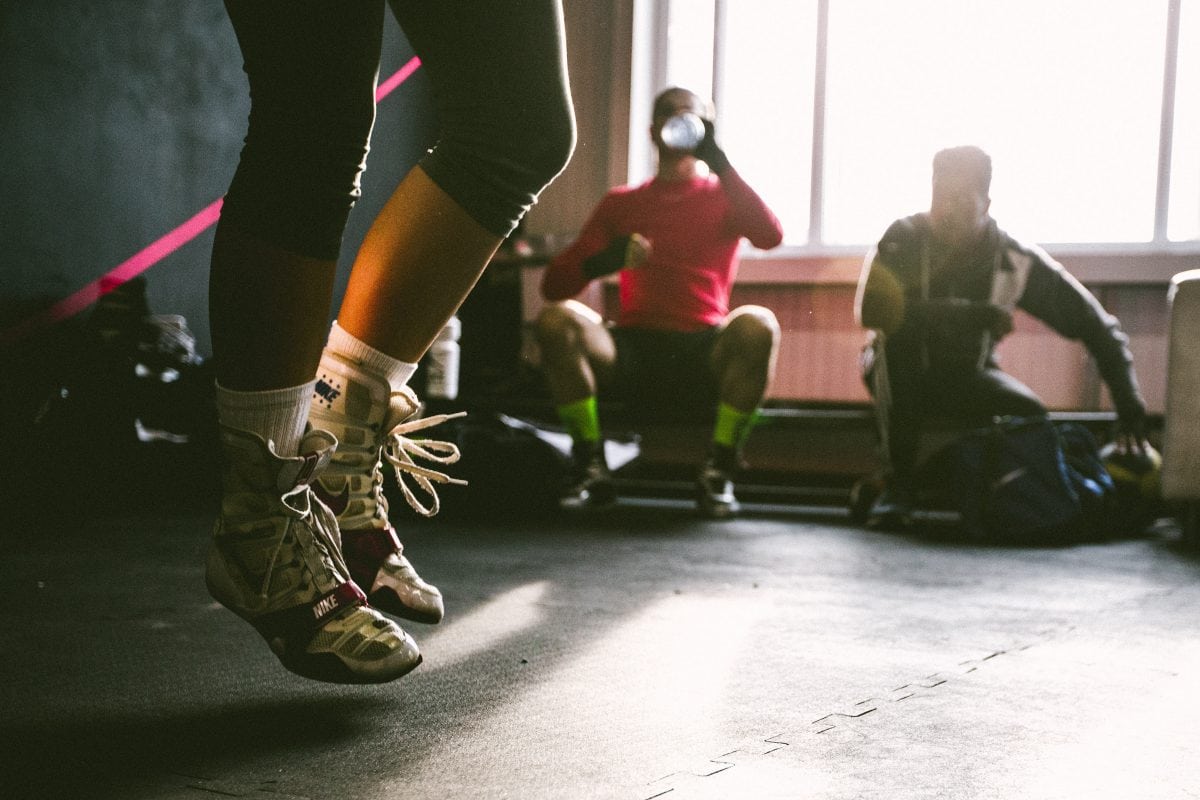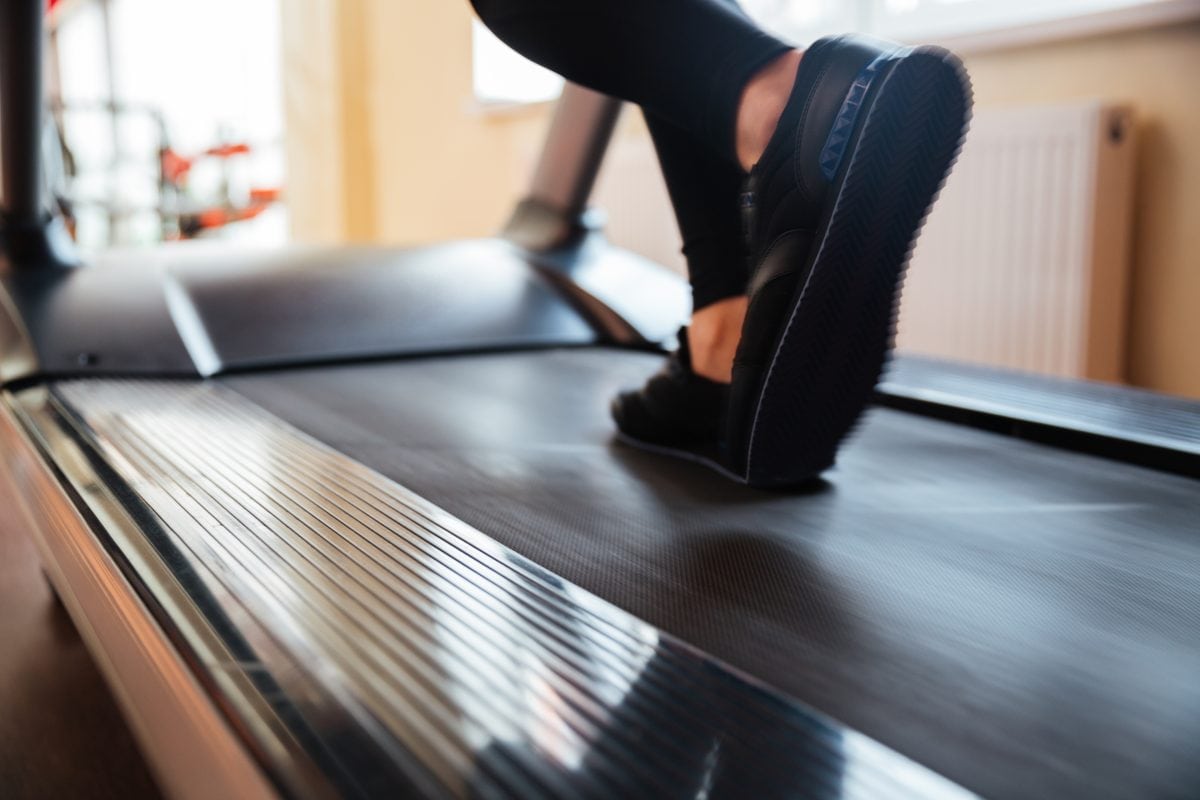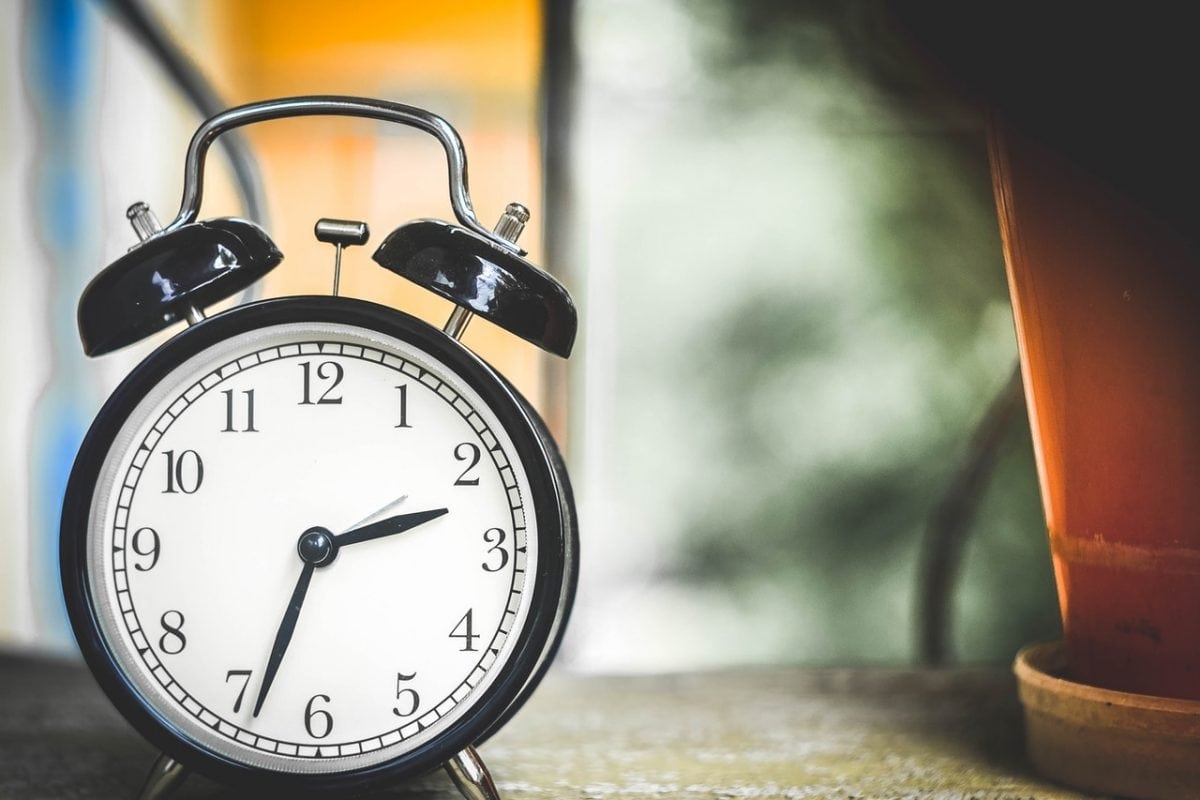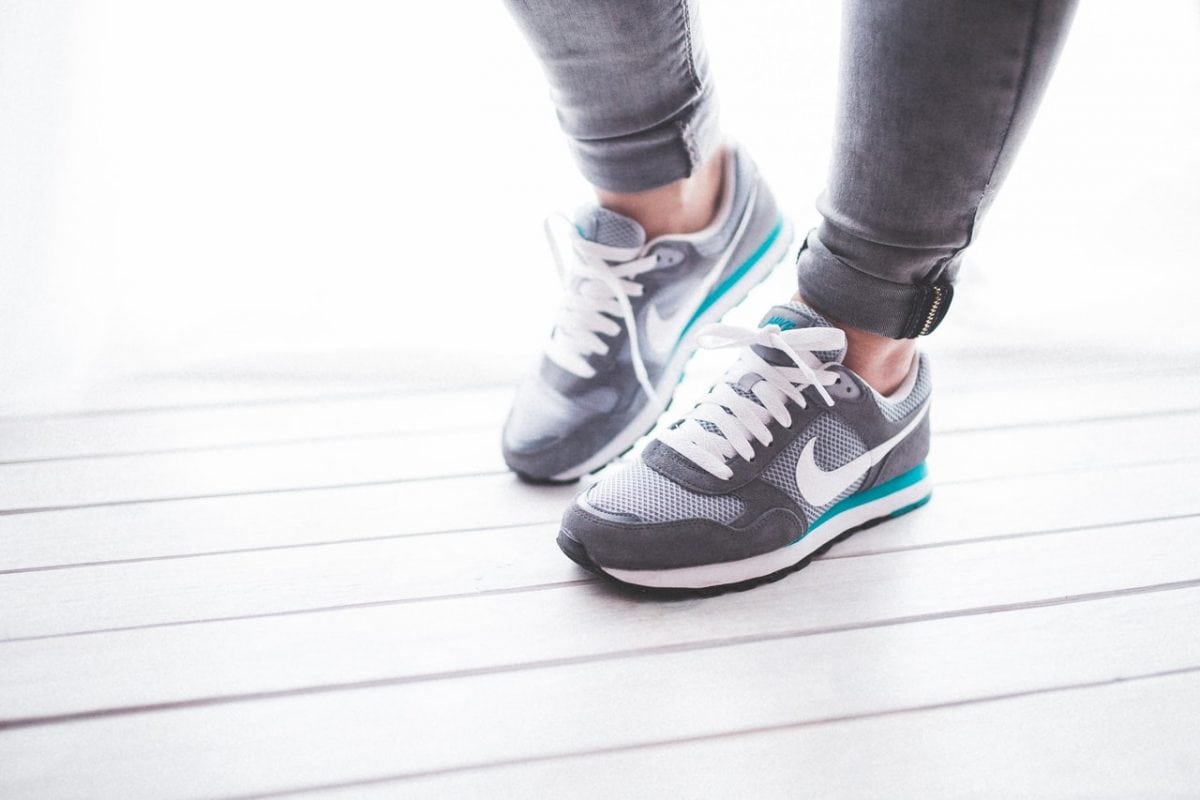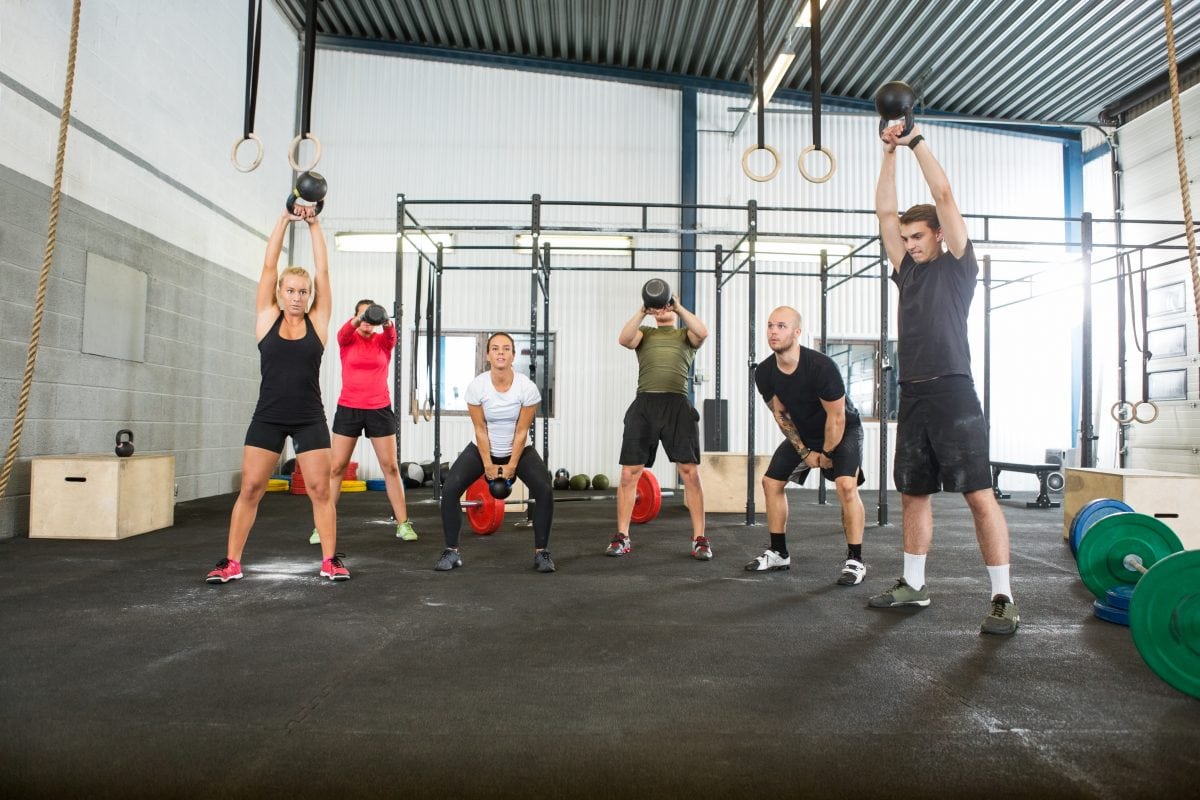By now you likely know that I am a big proponent of diversifying your exercise. And I practice what I preach. An ideal week for me involves two days of high intensity interval training (including weight lifting) at Orange Theory or my local gym, two days of moderate cardio exercise (usually a 50-minute run, 30-minute swim, or 2-hour bike) and an extra day of flexibility and mobility training.
I enjoy the variety. I enjoy the mix of solitary time and group exercises. I enjoy feeling spent like I have nothing left some days, and feeling refreshed and ready for more on other days.
But I don’t just exercise this way because I like it. It turns out, science supports the benefits of moderate cardio exercise, high intensity interval training, and resistance training. Don’t just do them all because I say so. Do them because science says so.
The Case For Cardio
It seems like moderate cardio exercise, like power walking, jogging, biking, etc. has gotten a bad rap of late. I agree one should not focus only on moderate cardio exercise, but it is still a crucial component to a balanced exercise routine.
In a previous post, we talked about the benefits of being physically active during the day, as well as mild amounts of exercise. Those benefits were not minimal or obscure benefits. They were a lower risk of dying. That should make you sit up and take note.
In addition, moderate cardio exercise can still be one of the best calorie and fat burning exercises.
60-minutes on the treadmill at 6mph burns approximately 580 kilocalories.
HIIT is much harder to maintain correctly for 60-minutes. The fair comparison is usually 20-minutes of HIIT which burns approximately 200 kilocalories plus an additional 100 kilocalories in EPOC (Excess Post Exercise Oxygen Consumption, basically continued increased metabolism and calorie burning that results from HIIT but not from moderate exercise).
So, if burning calories is all you are after, longer, moderate exercise may be the best choice. Of course, exercise has many more benefits beyond just the number of calories we burn.
Beyond Simple Calories
Of course, burning calories is only part of the benefit from exercise. What about the type of calories that we burn? Are we burning fat or simply using up our glucose?
First, it is almost never an “all-or-none” effect where your body uses ONLY fat for its fuel source or only carbs. It is a ratio. But it is a ratio that can be manipulated both by the type of exercise as well as your long-term nutritional status.
A traditional teaching is that we burn fat during moderate-intensity exercise, and rely more on carbohydrates at higher intensities. Again, however, this is not an all-or-none effect. In fact, One study showed that the muscles were more prone to burn fat for energy during high intensity interval training. And other studies show that once your body is “fat adapted” (i.e. physiologically adapted to consuming and utilizing fat as fuel source) you more readily burn fat as fuel and can do it with much greater efficiency.
So not only does exercise duration and intensity effect the type of calories you burn, so too does the food you eat. In addition, both moderate cardio and HIIT can burn fat in those who are adapted for it.
Resistance Training- Pick Up Heavy Things and Put Them Down Again
Lifting heavy things and putting them down again, also known as resistance training, is a valuable addition to our exercise routine.
-
Prevents sarcopenia, or loss of muscle mass
-
Improves our resting metabolism
-
Improves bone health
-
Prevents falls and fractures as we age
-
Raises HDL
-
Improves insulin sensitivity
Don’t you wish we could put that in a pill and sell it? Well, we can’t. But you can get all those benefits with just two-days per week of resistance training.
As we age, we can lose 8% of our muscle mass ever decade. That causes a reduction in our resting metabolism, thus leading to weight gain and specifically an increase in our fat-mass (read more about metabolism and exercise here).
After only 10-weeks of resistance training we can increase our lean mass by 1.5kg and improve our resting metabolism by 7%.
In addition, we can increase our bone mineral density by 3% and can improve insulin sensitivity and fasting glucose levels.
That would take a lot of pills to achieve the same results.
A word of caution about resistance training. Form matters. A lot. Your functional alignment is crucial to success with resistance training. I suggest you start with an experienced personal trainer or a well-done video series to help you. Don’t focus on heavy weights or rapid reps when you start. Work on slow, controlled movements with proper form. That means regardless of the exercise, you should focus on standing tall, contracting your glutes and lower abs, retracting your shoulder blades, and then and only then, proceed with the resistance exercise.
HIIT- Move Fast, Move Hard, Rest, and Repeat
HIIT consists of short bursts of maximal or near-maximal intensity exercise lasting usually less than 2-minues, followed by equal or longer rest periods. And then doing it again. And again. And again. Move fast, move hard, rest and repeat.
HIIT used to be reserved for elite athletes training for competition. Now however, it has become part of our mainstream exercise culture. Orange Theory, Barry’s Boot Camp, kick boxing, spin classes etc. have popularized HIIT for the masses.
And that’s a good thing.
HIIT provides an excellent workout in a short amount of time.
A recent study demonstrated that just one-minute of sprint interval training improved body fat percentage and cardiorespiratory fitness similar to 45-minutes of moderate intensity exercise. IN addition, the sprint interval training improved insulin resistance as well.
As it turns out, insulin resistance may just be the holy grail for health and longevity.
Insulin is a necessary hormone in our body that signals our cells to take glucose from the blood and use it to make energy. Insulin is also a fat-storage hormone that tell sour body we have more fuel than we need so we can start turning the rest into fat for longer term storage. For our ancestors, this made sense. Times of abundance would be followed by times when food was scarce. Our bodies would then use this stored fat for energy. In today’s industrialized societies, however, we rarely if ever experience food scarcity. Insulin, therefore, can be detrimental to our health as it causes us to store more fat.
Insulin sensitivity, therefore, is crucial for our health, It allows us to maintain a healthy blood sugar level with the minimum amount of insulin required. Many health experts believe this is the key to preventing most of the chronic disease that plague our society such as diabetes, cardiovascular disease, Alzheimer’s dementia (read more about how Alzheimer’s is now considered Type III diabetes here), chronic inflammatory disease and others.
Short bursts of high intensity exercise has been shown to improve insulin sensitivity in previously sedentary individuals, and a meta-analysis showed a consistent improvement with HIIT in regards to insulin, glucose, and HgbA1c.
Even interval walking showed better glucose control that moderate continuous walking.
So why should we include HIIT as part of our overall exercise routine?
-
Shorter duration means greater compliance
-
Improves glucose and insulin sensitivity
-
Improves both aerobic and anaerobic fitness
-
Maintains lean body mass and helps reduce fat mass
A word of warning. If you are new to HIIT start slow. Even better, start with a personal trainer or group class, such as Orange Theory or boot camp or spin class.
Make sure you do it right. That means the intervals should be HARD. You should be suffering and your heart rate should be in the 90-100% maximum range.
Don’t forget to recover. You can safely do moderate cardio exercise every day if you choose. Properly done HIIT, on the other hand, requires adequate rest between sessions. Two to three HIIT sessions per week is great with the other days dedicated to moderate cardio or active rest days. Doing HIIT more than that can prevent our bodies from fully benefiting from the intensity and can promote instead a state of chronic inflammation and breakdown.
To learn more about the principles of HIIT, watch our video here.
Diversity is King
In conclusion, which is the best exercise to do? HIIT? Moderate cardio? Resistance training?
All of the above.
Combining all three varieties will not only make your exercise routine more enjoyable, it will allow you to get the most health benefits to ensure you are on your path to health and happiness.
You can learn more about our recommended exercise plan in my book, Your Best Health Ever! A Cardiologist’s Surprisingly Simple Guide to What Really Works. Now available on Amazon.
Thanks for reading.
Bret Scher, MD FACC
Cardiologist, author, founder of Boundless Health
www.DrBretScher.com
Action Item:
Try this interval training program for your next exercise day. You can do this on an exercise bike, running, elliptical or rower.
-
Warm up for 5-minutes
-
30 seconds VERY hard (85-90% of your maximum predicted heart rate)
-
60 seconds easy
-
Repeat 3 more times
-
Take an extra 2-minutes recovery after the 4th repetition
-
60 seconds VERY hard
-
2-minutes easy
-
Repeat one more time
-
Cool down 5-minutes
(To calculate your maximal heart rate, take 220-minus-your age. That is your theoretical maximum. Of course it is better to have it professionally measured with an exercise physiologist, but 220-your age works well enough to get you started)

